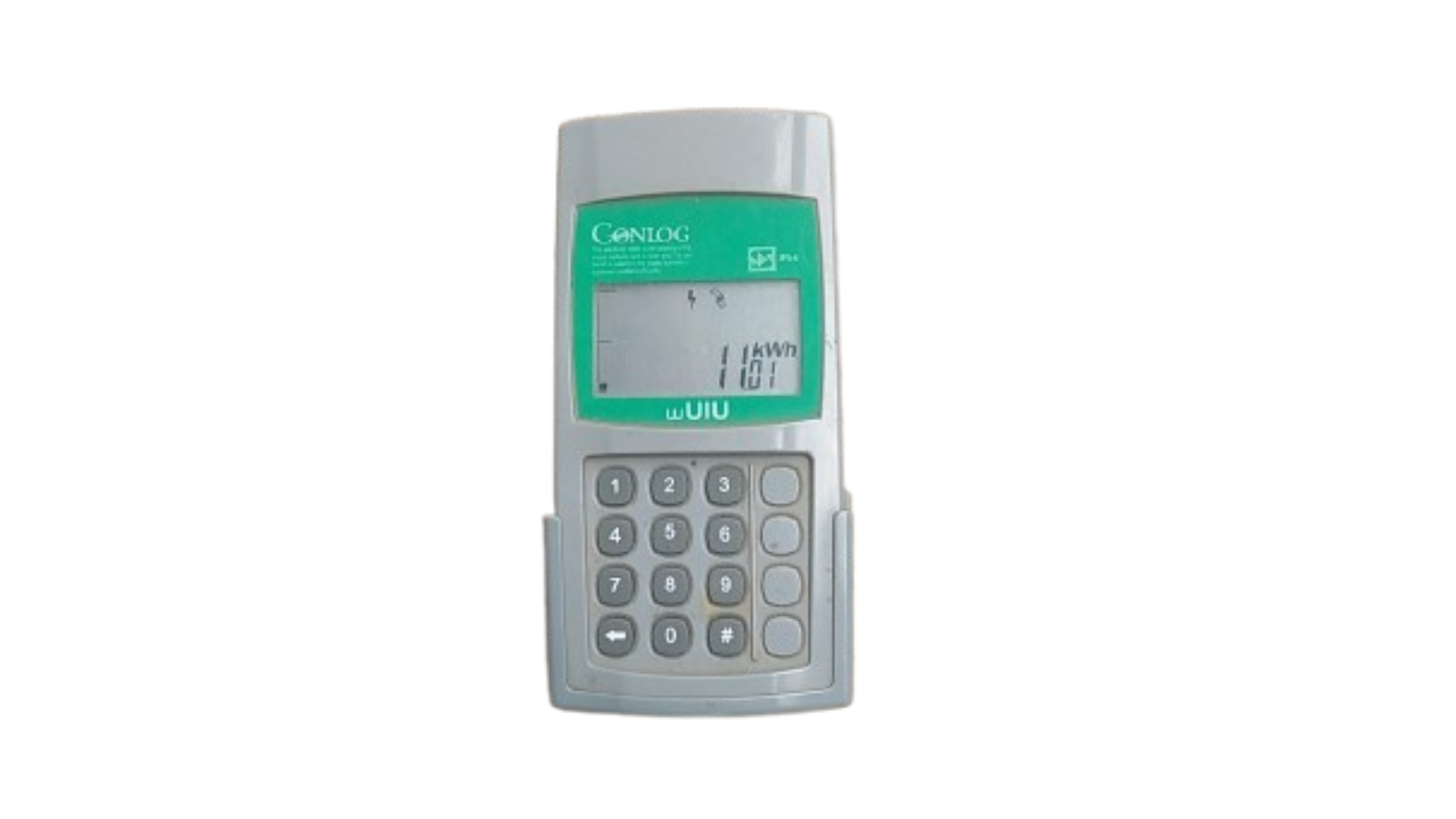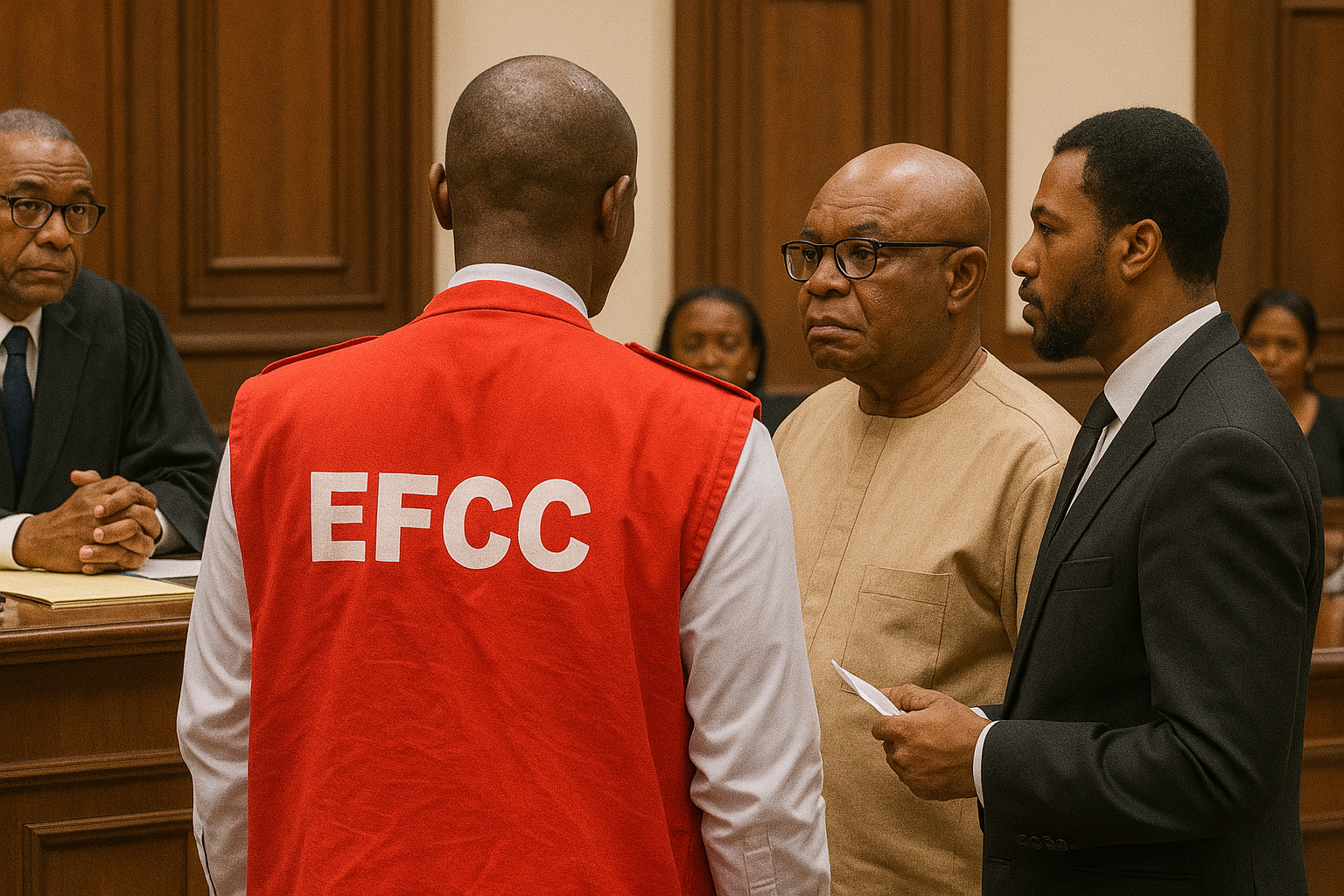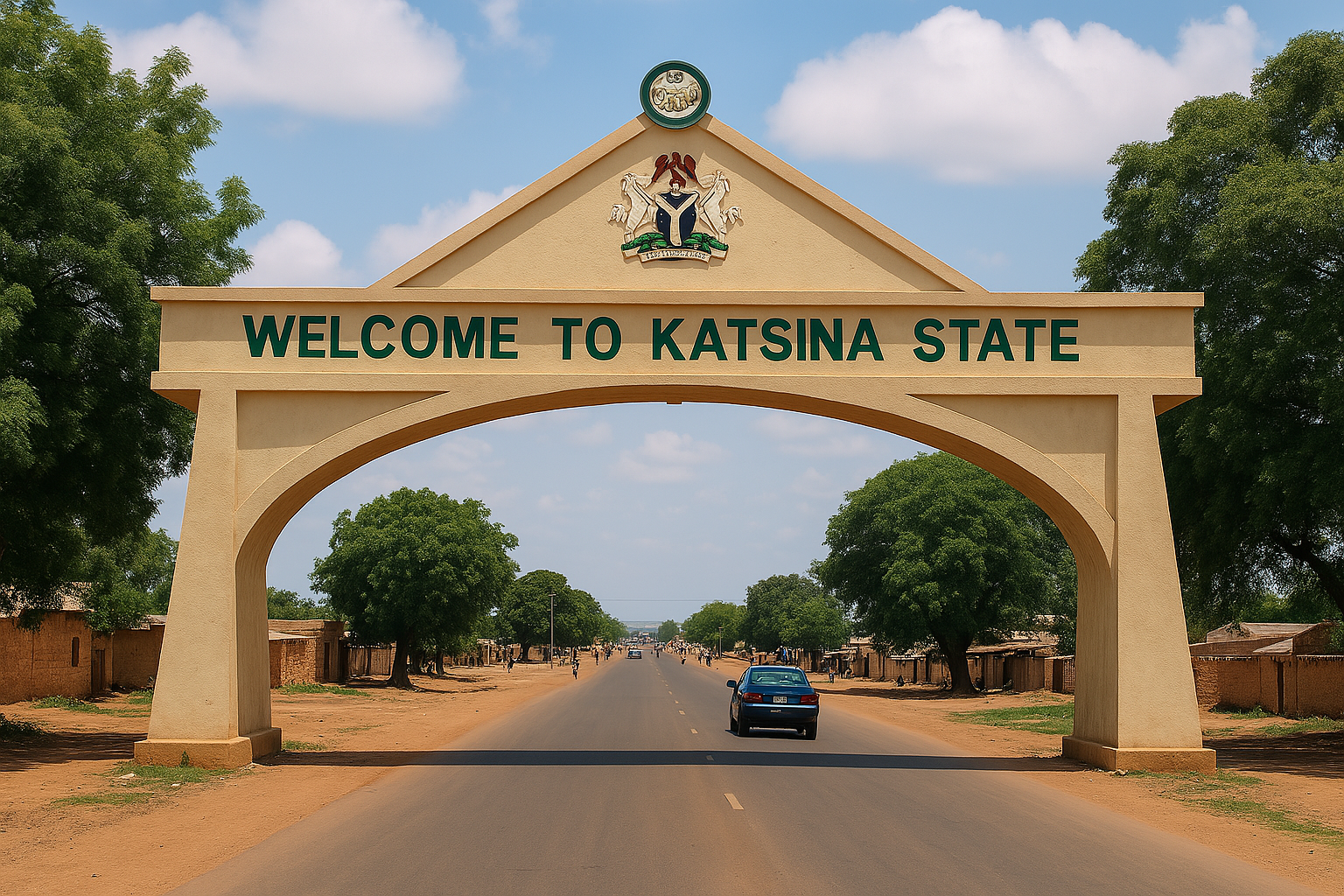The Nigerian government has renewed its push to tackle one of the most persistent challenges in its power sector—closing the electricity metering gap. With over 7 million customers still unmetered and subject to estimated billing, the country’s electricity system continues to suffer from revenue leakage, consumer distrust, and regulatory inefficiencies. Now, with the delivery of 3.2 million meters underway and ₦21 billion in fresh funding released to distribution companies (DisCos), the question is: Will this round of intervention finally shift the needle?
Nigeria’s metering gap has remained a structural flaw in its electricity distribution framework. As of 2024, only about 45% of customers were metered, leaving the rest to pay based on rough consumption estimates. This has eroded public trust and led to widespread complaints of overbilling. More critically, it hampers DisCos’ ability to collect accurate revenue, which in turn affects their capacity to invest in infrastructure upgrades.
The effect is cyclical: no meters means less revenue, which means no upgrades, which leads to poor power supply and angry consumers. And so the cycle continues.
The Federal Government is now taking a more aggressive, multi-layered approach. The first shipment of 3.2 million meters is part of the Presidential Metering Initiative, aiming to close the gap within three years. Under the Meter Acquisition Fund (MAF), the Nigerian Electricity Regulatory Commission (NERC) has approved a ₦21 billion disbursement to help DisCos acquire meters directly and fast-track deployment. NERC has also deregulated the price of meters under the Meter Asset Provider (MAP) scheme. Instead of fixed prices, meter costs will now be market-driven, based on competitive bids from manufacturers. There is growing public and political scrutiny on DisCos to meet clear timelines and deliver measurable results, something that was lacking in previous metering schemes.
Despite these developments, several critical issues could derail progress. Even with 3.2 million meters incoming, Nigeria still needs around 7 million more. At the current pace, it could take a decade or more to fully close the gap. Some DisCos lack the technical and operational capacity to distribute and install meters efficiently, especially in rural and remote areas. While deregulating meter prices may help manufacturers recover costs and drive competition, it could also make meters more expensive for low-income households if subsidies aren’t factored in. Past initiatives have failed not because of poor ideas but poor execution. Ensuring transparency in procurement, installation, and reporting is key.
Metering isn’t just a billing issue—it’s a governance issue. Without accurate metering, investors remain wary, since DisCos can’t guarantee revenue flows. Consumers remain angry, believing they’re paying for electricity they don’t get. The power sector remains stagnant, unable to transition to a more decentralized, efficient grid. If Nigeria is serious about power reform, metering must be treated as a foundational step, not an afterthought.
DisCos and NERC should provide regular public updates on metering progress, broken down by state and provider. Meters alone don’t solve the problem—consumers must understand how to read them, report faults, and protect their equipment from tampering. Rural areas are often left behind in national rollouts. A focused rural metering strategy could improve equity and reduce resistance to grid expansion. Smart meters should be prioritized over analog units to enable remote monitoring, data analytics, and real-time fault detection.
Nigeria’s latest metering initiative shows more promise than previous ones—there is more funding, more structure, and more pressure on key stakeholders. But closing the metering gap is not a one-off technical task—it’s a political, economic, and social challenge that demands sustained leadership and accountability. If the government truly wants to break the cycle of darkness, distrust, and debt in the power sector, this metering push must not only be fast—it must be fair, transparent, and future-proof.








Leave a Reply